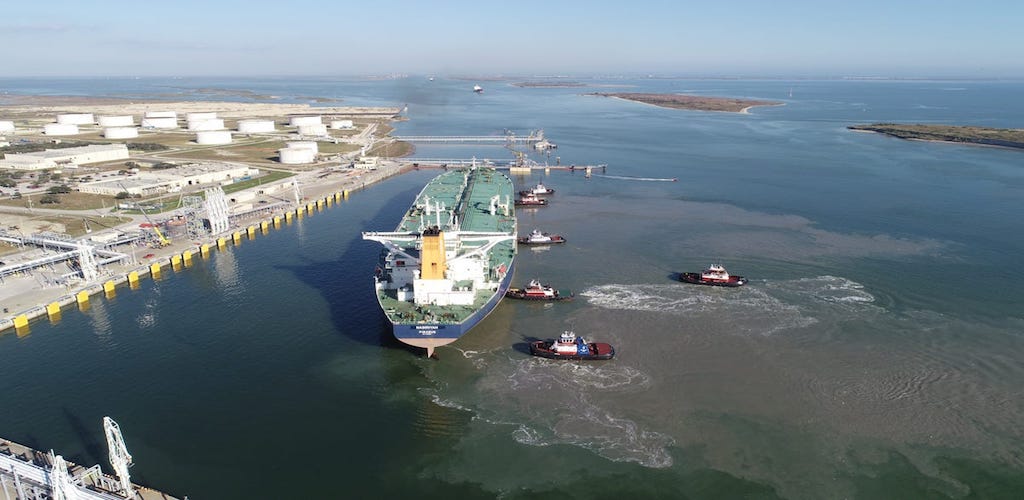Jun 05 | 2020
(Americas) Joe Fulton Trade Corridor upgrade

The Port of Corpus Christi has secured a US$1.675 million grant for upgrade work, designed to boost growth in breakbulk capacity at the Rincon Industrial Complex.
The grant funding was awarded by the Texas Department of Transportation under its 2019-2020 Port Access Program, and will be used for improvements to the Joe Fulton International Trade Corridor and Rincon Road leading to the Rincon Industrial Complex.
“The Port of Corpus Christi, as the 'Energy Port of the Americas,' must do all it can to support our customers and the creation of jobs for our communities. The projects that will be funded through the Port Access Program will go a long way in doing just that, especially as our nation moves forward with its economic recovery,” said Charles W. Zahn Jr., chairman of the Port of Corpus Christi Commission.
ITS Components
The Rincon Industrial Complex is a major destination for breakbulk cargo at the port, and has been the focus of significant capital investments in the past two years. Upgrade work has included the construction of 40 acres of flexible cargo storage space and roughly 12,000 linear feet of rail to accommodate liquid transloading and processing of breakbulk cargo.
“The Texas DOT-funded improvements will enhance truck mobility, highway connectivity and safety, including the addition of intelligent transportation system (ITS) components,” the port authority said in a statement.
Rincon Road Improvements
The new funding will deliver improvements to the Rincon Road, leading to the complex and ease congestion arising from the construction of the new Harbor Bridge.
“The Rincon Road and Joe Fulton Corridor improvements continue to enhance our customers’ ability to move their goods to market safely and competitively. We thank the Texas Department of Transportation and the Port Authority Advisory Committee for helping the Port of Corpus Christi in moving America’s energy,” said Sean Strawbridge, CEO for the Port of Corpus Christi.
Port Corpus Christi is the-fourth largest U.S. port by total tonnage and a major crude oil export gateway and breakbulk hub. It is connected landside by three North American Class-1 railroads and two major interstate highways.

